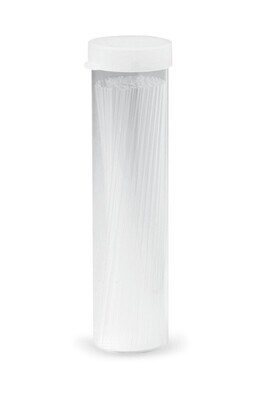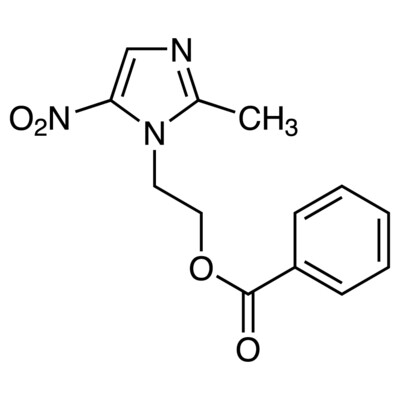Ruthenium nitrosyl chloride hydrate 1 g
SKU 006787-1
€ 144,04
In stock
1
Save this product for later
Ruthenium nitrosyl chloride hydrate 1 g
Product Details
CAS number: 18902-42-6
Cation: Ru
Packaging: 1 g
EAN: 8721028246677
Brand: Laboratoriumdiscounter
Ruthenium nitrosyl chloride hydrate is a rare and valuable compound used in various chemical reactions and catalytic processes. Its unique properties make it an essential component in the production of pharmaceuticals, dyes, and other specialty chemicals. With its high stability and reactivity, this compound offers immense potential for scientific research and industrial applications.
When working with Ruthenium nitrosyl chloride hydrate, it is important to follow proper safety precautions to ensure your well-being. Here are some short safety instructions to consider: 1. Personal Protective Equipment (PPE): Always wear appropriate PPE, including gloves, safety goggles, and a lab coat or protective clothing. This will protect your skin, eyes, and clothing from potential contact with the chemical. 2. Ventilation: Work in a well-ventilated area or use a fume hood to prevent the inhalation of any fumes or vapors that may be released during handling or reactions involving Ruthenium nitrosyl chloride hydrate. 3. Handling: Handle the chemical with care, avoiding any spills or splashes. Use proper lab techniques and equipment, such as pipettes or spatulas, to minimize direct contact with the substance. 4. Storage: Store Ruthenium nitrosyl chloride hydrate in a secure, labeled container in a cool, dry place away from incompatible substances. Follow any specific storage instructions provided by the manufacturer. 5. Chemical Incompatibilities: Be aware of the chemical incompatibilities of Ruthenium nitrosyl chloride hydrate. Avoid contact with strong reducing agents, combustible materials, and organic compounds, as they may react violently or produce hazardous byproducts. 6. Emergency Procedures: Familiarize yourself with the emergency procedures in case of accidental exposure or spillage. Know the location of safety showers, eyewash stations, and fire extinguishers in your work area. 7. Waste Disposal: Dispose of any waste or unused Ruthenium nitrosyl chloride hydrate according to local regulations and guidelines. Do not pour it down the drain or dispose of it in regular trash bins. 8. Training: Ensure that you have received proper training on the safe handling and use of Ruthenium nitrosyl chloride hydrate before working with it. Seek guidance from experienced personnel or consult relevant safety data sheets (SDS) for additional information. Remember, these instructions are not exhaustive, and it is essential to consult the specific safety data sheet and follow any additional safety guidelines provided by the manufacturer or your institution.
Please note, not all safety data for this product is available on our website, for a complete list of P en H sentences and other safety instructions please request the MSDS at our customer service
You May Also Like

TRIMETHYLSILYL METHANESULFONATE, 95%, 10g
TRIMETHYLSILYL METHANESULFONATE, 95%, 10g
SKU F852455-10G
€ 48,40

Ethyl 3-bromo-2-fluorobenzoate, 95.0%, 100g
Ethyl 3-bromo-2-fluorobenzoate, 95.0%, 100g
SKU F224946-100G
€ 536,80

(R)-1-(4-Nitrophenyl)ethanol, 95.0%, 100g
(R)-1-(4-Nitrophenyl)ethanol, 95.0%, 100g
SKU F544775-100G
€ 905,30

(4-Bromophenyl)dimethylphosphine oxide, 98%, 100mg
(4-Bromophenyl)dimethylphosphine oxide, 98%, 100mg
SKU F610128-100MG
€ 566,50
Display prices in:EUR









